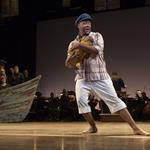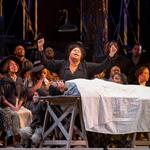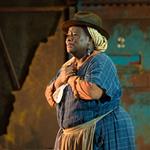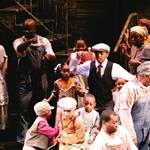The Porgy Puzzle
Porgy and Bess is by any estimation the most enduring of American operas. Its wonderful tunes make it a Great American Songbook in itself. Eighty-five years after its premiere, it is still mounted all over the world, and wherever it is staged, it is a guaranteed box-office bonanza. This season alone, it is on the roster at The Atlanta Opera and Lyric Opera of Kansas City, and a new production at the Met was such a smash hit that the company added three extra performances to the run.
Still, Porgy has more than its share of troubling aspects. To some, its depiction of African American life, rooted in another era, traffics in demeaning stereotypes. Its authors, George and Ira Gershwin and Dubose Heyward, were all white: a circumstance that inevitably invokes charges of cultural appropriation. The opera has over the years provided employment and visibility to many singers of color; in fact, the Gershwin estate mandates the casting of African Americans in its solo roles and chorus. But some singers see it as a trap that can lead to typecasting.
We asked a group of singers, a director and some interested observers to share their views of Porgy and Bess and the conundrums it raises. Here is what they had to say.









